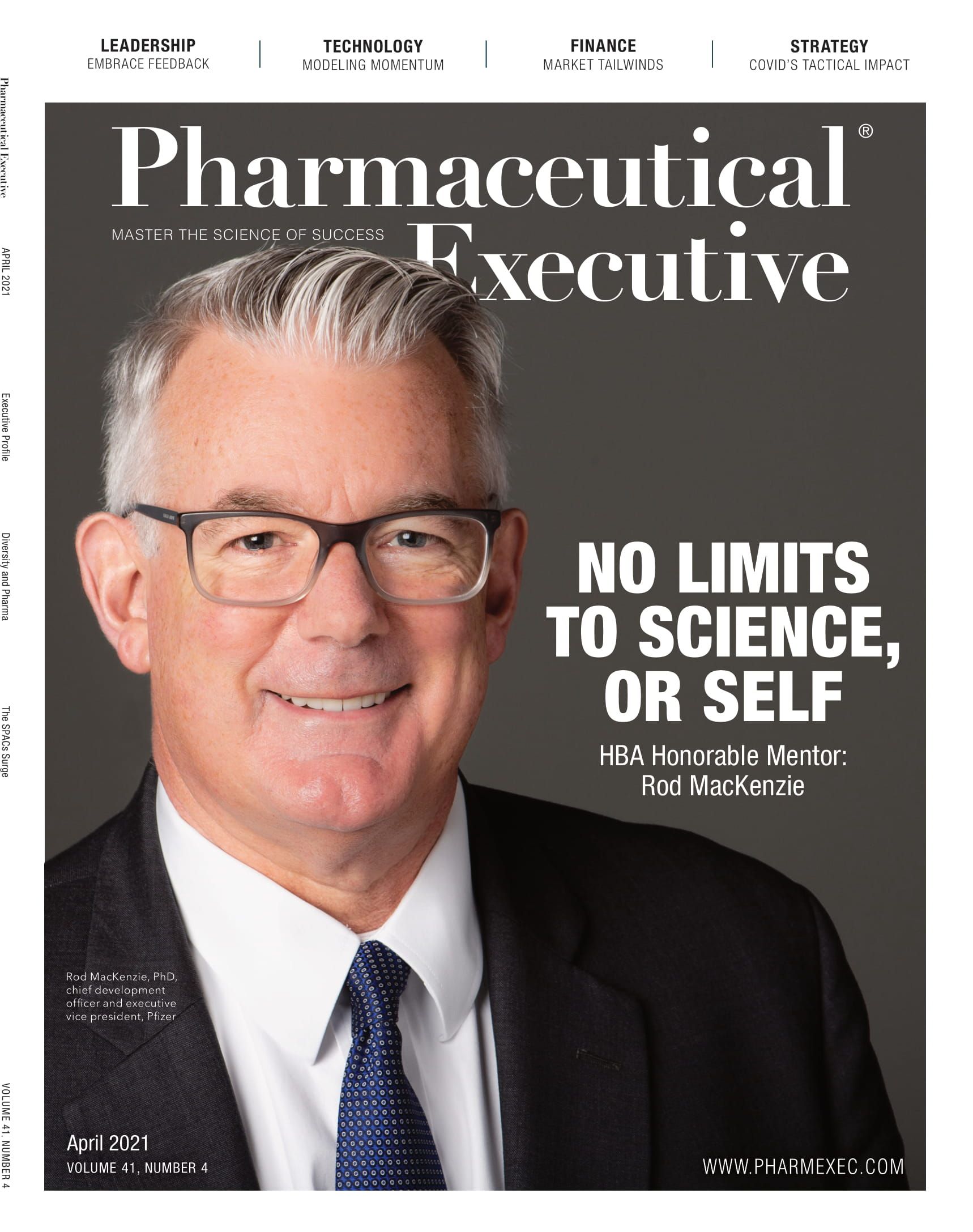Pressure Mounts for FDA to Ramp Up Drug Inspections
Agency faces a significant backlog in the US and abroad.

For years now, Congressional leaders and policy watchdogs have urged FDA to bolster its oversight of foreign drug manufacturing facilities to better ensure the quality and safety of the growing volume of medicines and ingredients imported to the US. With the cancellation of most field site visits last year due to the coronavirus pandemic, FDA now faces a serious backlog in inspections both in the US and abroad, raising the risk of shortages in vital medicines as well as access to treatments to counter new variants to the COVID-19 virus. Greater scrutiny of the vulnerability in the biopharmaceutical supply chain as more drug manufacturing has shifted overseas has increased pressure on FDA to renew site visits of facilities at home and around the world.
FDA Acting Commissioner Janet Woodcock responded to these concerns in a posting March 18 that outlines a range of alternative methods the agency is using to verify the quality systems used to produce regulated products. She added that FDA is studying how to incorporate additional data sets and new technologies for facility oversight and will work with industry to expand the use of remote interactive evaluations, such as livestreaming video of operations, teleconferences, or screen sharing. Moreover, Woodcock indicated that as part of efforts to prepare for “resuming a more normal state of operations,” FDA is examining “how best to address inspectional activities that were paused due to the pandemic.”
Even before the emergence of COVID-19, FDA faced significant challenges in conducting timely inspections of foreign facilities, namely a shortage of trained investigators, the need to pre-announce facility inspections, and language barriers that made site assessments more difficult and less reliable. The pandemic has made the situation even worse, according to a March report from the Government Accountability Office (GAO), which found that FDA failed to complete more than 1,000 of planned surveillance inspections in 2020 due to travel restrictions and safety concerns imposed by the pandemic. FDA conducted just three foreign mission-critical inspections and 52 domestic inspections between March and October 2020, compared to more than 600 foreign inspections during the same period in 2019.
At a hearing last month before the House Appropriations subcommittee that handles FDA funding, GAO Healthcare Director Mary Denigan-Macauley expressed fears that the mounting inspection backlog could take years to address. As in several past reports, GAO criticizes certain FDA inspection practices such as the agency’s practice of providing up to 12 weeks advance notice of its plan to inspect a foreign facility. And the increase in product sampling and testing at US borders addresses only a fraction of potential problems and is “not a substitute for an inspection,” the analysis states. The sharp decline in preapproval inspections, moreover, may be starting to take a toll on the agency’s ability to confirm the capabilities of a facility not inspected in recent years.
Members of Congress charged with approving FDA’s annual budget will further address these issues in the coming months. That includes proposals to encourage more biopharmaceutical production in the US by authorizing “country of origin” labeling or public disclosure of a manufacturer’s compliance status, along with added support for modern manufacturing systems that can better ensure product quality with less oversight.
FTC eyes crackdown on pharma mergers
The Federal Trade Commission announced last month that it is launching a broad review of drug-company mergers, with an eye to examining how such actions can harm competition in the industry. The Commission is forming an international working group that will include lead competition officials from Canada, the UK and the European Commission, as well as the US Department of Justice Antitrust Division and state attorneys general.
The goal of the initiative is to identify “concrete and actionable steps” to review and update how the Commission analyzes pharmaceutical mergers, as one way to address “skyrocketing drug prices” and concerns about anticompetitive conduct in the industry. Although the FTC and the Justice Department share oversight of industry mergers, the FTC has the lead related to the biopharma industry. The project was spurred by acting FTC Chair Rebecca Kelly Slaughter, who has called for closer scrutiny of pharma competition as member of the commissioner for several years.
Jill Wechsler is Pharm Exec’s Washington Correspondent. She can be reached at jillwechsler7@gmail.com.

Navigating Distrust: Pharma in the Age of Social Media
February 18th 2025Ian Baer, Founder and CEO of Sooth, discusses how the growing distrust in social media will impact industry marketing strategies and the relationships between pharmaceutical companies and the patients they aim to serve. He also explains dark social, how to combat misinformation, closing the trust gap, and more.
FDA Approves Opdivo Plus Yervoy Regimen for MSI-H/dMMR Colorectal Cancer
April 9th 2025Approval of the Opdivo plus Yervoy combination regimen was based on results from the Phase III CheckMate-8HW trial, which was the largest immunotherapy study in patients with previously untreated, unresectable, or metastatic microsatellite instability-high or mismatch repair deficient colorectal cancer.